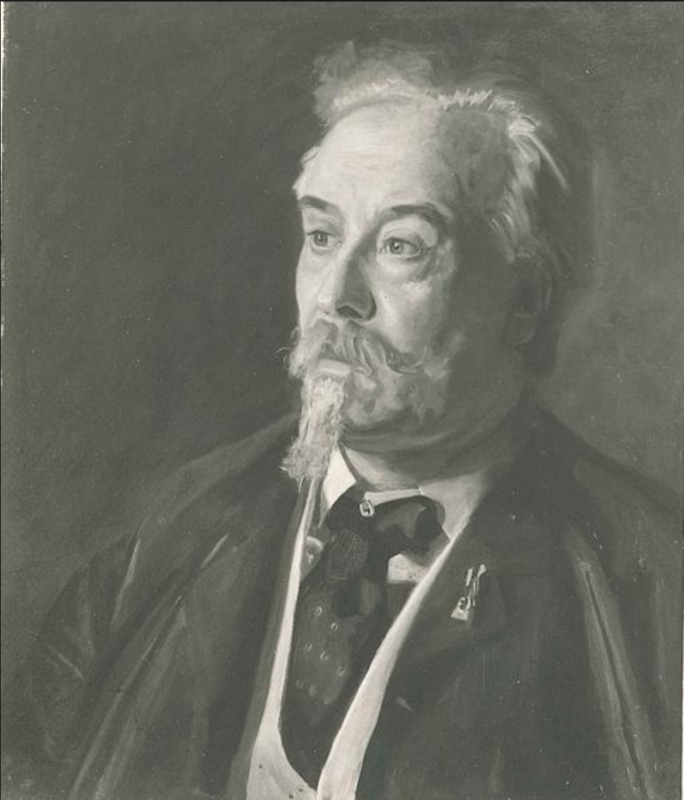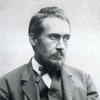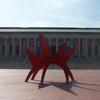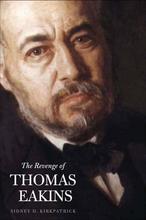More about B.J. Blommers
- All
- Info
- Shop

Contributor
This Colonel Sanders lookalike is actually Bernardus Johannes Blommers, Dutch painter and printmaker.
Bernie was born in the Hague on January 31, 1845 as the only son of lithographer Pieter Blommers. He initially took up his father’s trade, but expanded his skillset to painting once he reached The Hague Academy of Art. Blommers put himself under the tutelage of Johan Philip Koelman in 1863, then under Christoffel Bisschop in 1868, the latter of whom was a great influence to his earlier style of genre painting.
Two brothers belonging to the Maris family--Jacob and Willem--played vital parts in Blommers’s life. The former was another one of his mentors, while the latter became a very close friend. Bernard and Willem were inseparable enough that it took marriages in the 1870s for both of them to be pulled apart. They lived together both in the Hague and in Paris, and it was the latter place he fully fell in love with, coming back multiple times throughout the rest of his life. Both of the Maris brothers would later be his fellows when the Hague School emerged.
The Hague School, like the Barbizon and Realist movements that emerged around the late 1800s in France, focused on everyday scenes of Dutch life in the Realist style. Blommers, a member of this movement, focused his early work on fishermen that lived in the village of Scheveningen. The paintings, often done in interiors with two figures as the subjects, elevated him to international renown. By 1882, he was selling paintings through Knoedler’s Gallery both in New York and Paris. By 1893, he won a medal in oil painting amongst Holland’s contributions at the World Columbian Exhibition in Chicago. Blommers enjoyed further acclaim in New York and in Boston in his visits to America.
Eakins painted him in 1904, suit and all, one of only thirty portraits that he sold in the course of the artist’s lifetime. By 1912, Blommers was awarded the first order of the Lion d’Or from the Netherlands, the Order of Leopold from Belgium, and the Crown from Bavaria. That same year, he painted Andrew Carnegie’s portrait at the Peace Palace.
He died on December 15, 1914, near the beginning of World War I, back where it all began: The Hague.
Sources
- "Blommers, Bernard[us] | Grove Art." Blommers, Bernard[us] | Grove Art. November 24, 2017. Accessed April 28, 2019. http://www.oxfordartonline.com/groveart/view/10.1093/gao/9781884446054….
- "Blommers, Bernardus Johannes." ULAN Full Record Display (Getty Research). Accessed April 28, 2019. http://www.getty.edu/vow/ULANFullDisplay?find=Blommers&role=&nation=&pr….
- Britannica, The Editors of Encyclopaedia. "Hague School." Encyclopædia Britannica. April 04, 2018. Accessed April 28, 2019. https://www.britannica.com/art/Hague-school.
- Whitmore, Janet, Ph.D. "Bernard J. Blommers." Rehs Galleries. Accessed April 28, 2019. https://rehs.com/Bernard_J_Blommers_Bio.html.












